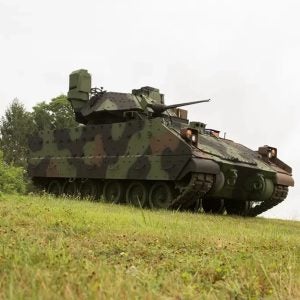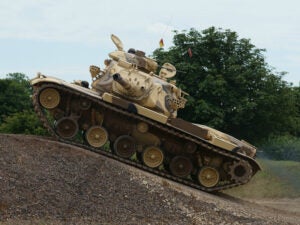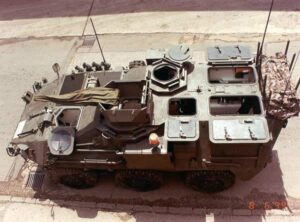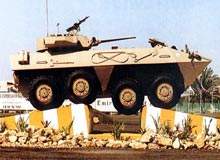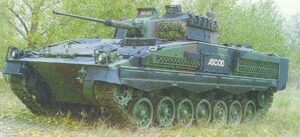No Horsing Around With Cobham’s Nano HD TX
Cobham, the RF transmission specialist company, has announced the successful deployment of its Nano HD TX wireless transmitter as part of a wireless camera facility installed by Broadcast RF for coverage of Royal Ascot and the Epsom Derby, the crown jewels of British horse racing, for Channel 4 Racing.
A small, discreet camera transmitter system was installed by Broadcast RF in the race starting stalls to provide detailed, up close views of jockey’s and their mounts in the tense moments before each of many races throughout the day started.
Broadcast RF Sales Director Chris Brandrick said, "In the past there had been issues with the perceived intrusiveness of more bulky camera systems so close to the start of the action. These thoroughbreds are, by their very nature, highly strung. They and their jockeys are there for one purpose, to win a race, and for that they must maintain total focus. Any risk of distraction must be minimised.
"We were asked to resolve the issue of such sensitivity by providing the smallest, most discreet package we could possibly supply, and our first item on that list was Cobham’s Nano HD TX, the smallest HD video transmitter available on the market."
Importantly for Broadcast RF, OB provider NEP Visions and Channel 4 Racing, the miniature transmitter system could be very quickly rigged and derigged. Fitted with an external transmit antenna and quick release mount, the system was camouflaged to blend into the starting stalls, and was therefore all but unnoticeable.
"The races at these events go on all day, usually with only 20 minutes or so between them," adds Brandrick. "More cumbersome systems could not be readily rigged and derigged in the amount of time allotted to secure their position in the starting stalls, so by using the Nano HD TX, we were easily able to provide coverage for every race, all day, for both events."
With proprietary Cobham COFDM and H.264 encoding technology at its core, the Nano HD TX provides excellent live production image quality over wireless links, with support for composite, SDI, HD-SDI and HDMI video input formats.
Brandrick concludes, "Everyone was happy the images they received and the performance of the technology, and when I say that I mean everyone from the viewers at home to the broadcaster, the stall handlers and the jockeys themselves.
"I can’t speak for the horses, but they didn’t seem to mind either."


